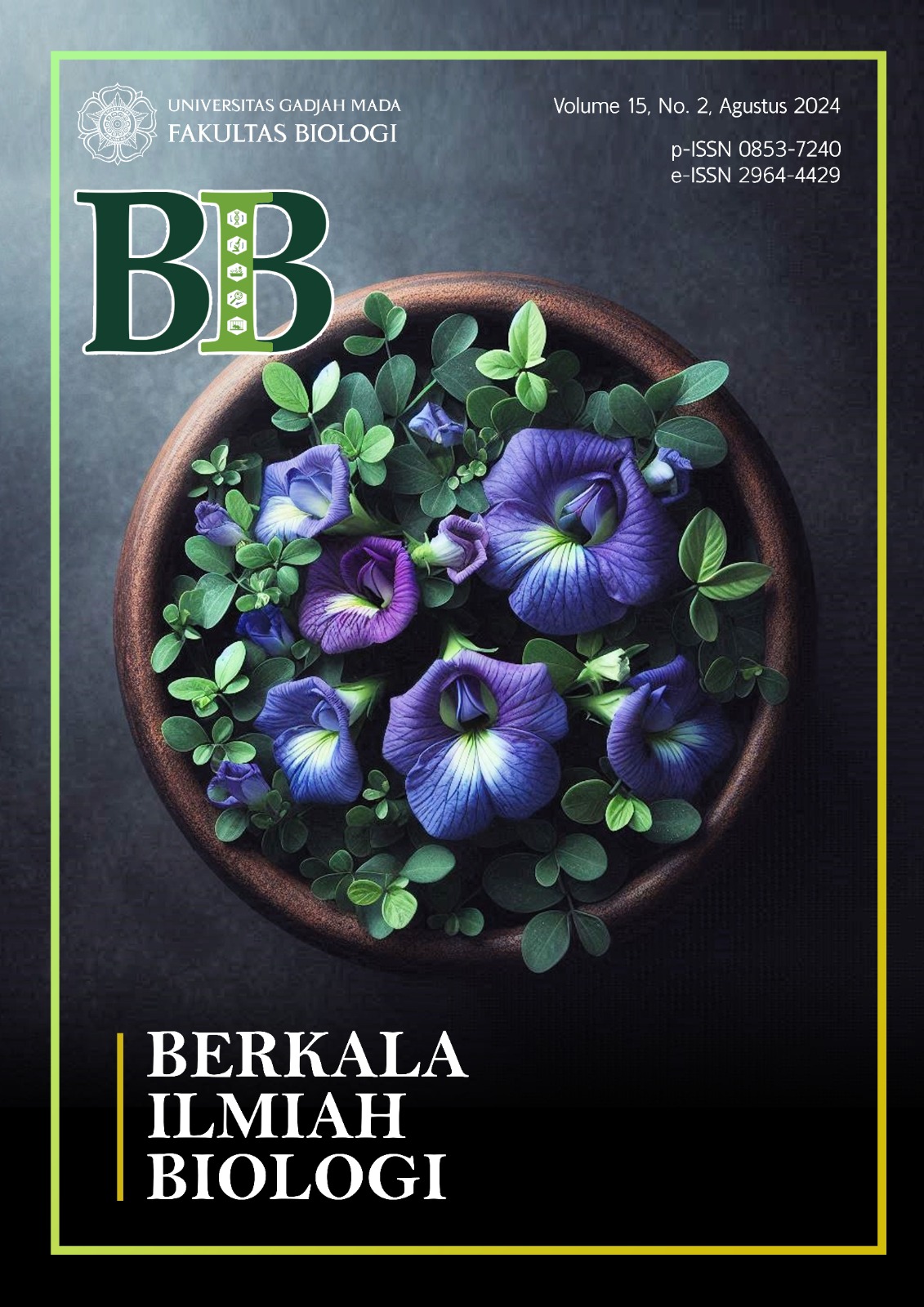Yeast and Wrapping Materials on The Quality of Tempeh
Main Article Content
Abstract
Abstract: Tempeh is one of the popular fermented soybeas products in Indonesia and in involves yeast in its manufacture. In addition to its delicious taste and relatively affordable price, tempeh has many nutritional values including vitamin B6 (pyridoxine), vitamin K, protein and high essential amino acids. The good tempeh quality can be affected by materials preference and accuracy throughout making process. Besides soybeans, the tempeh quality is affected by type of yeast and packaging materials. Currently, tempeh making process commonly use instant yeast and plastic as wrapping material than either usar or other wrapping material in the market. The research objective was to elaborate the yeast types impact and wrapping materials on the quality and shelf life of soybean tempeh. The organoleptic assessment was carried out by the hedonic test analyzed by the Kruskal Wallis test and proceeded by the Mann Whitney test if there was a significant difference. Meanwhile, the observation of shelf life was carried out by means of a sensory test until the tempeh rotted. The results showed the type of yeast and packaging materials influencing on the quality of tempeh. Tempeh treatment P5 (using usar and banana leaves) had the highest score in color criteria (3.76±0.0737), smell (2.73±0.1447ceg), texture (2.93±0.1047ceg), taste (3.74±0.1407fj), shelf life (4 days) and faster mold growth than other treatment. According to the results, the panelists preferred tempeh fermented using usar and wrapped in banana leaves, because it was more natural and had the longest durability.
Article Details

This work is licensed under a Creative Commons Attribution 4.0 International License.


